In her guest blog, student writer Rebekah Craft explains how student researchers in materials science and engineering construct aluminum filler wire. It’s a bit like baking.
Michigan Technological University students continue to show their innovation and impact current and future industries through their Senior Design projects. Specifically, students from the Department of Material Science and Engineering (MSE) aren’t letting pandemic restrictions affect their opportunity to impact the immediate workplace.
Students Spencer Hunt, Michael Gazdecki, Ryan Weiss and Tyler Latta have been working directly with alumni from Hobart Aluminum to discover a more cost-effective and durable method to produce an aluminum alloy filler wire. Senior Design projects like this test the skills of Michigan Tech’s students in a relevant and real-world environment, giving them the opportunity to represent themselves and Tech in a professional manner.
Old Process, New Alloy
Michigan Tech’s Senior Design program expands the definition of an internship because the students have the chance to work creatively and remotely alongside their course. While most students don’t get to choose their project directly, each applies to a student’s degree and career goals, making this a great professional experience that counts for class credits.
The process of producing aluminum alloy filler wire has been standardized since the 1960s in a wide range of electrical industries. The innovation from these students, in addition to the resources and drive from the sponsor, showcases the way Michigan Tech’s student body makes current, real-world impacts on the job market. Through this collaboration, Hobart Aluminum sends MSE seniors the needed materials to conduct the research and complete a test to see the effectiveness of the new process. The seniors then send this information back to Hobart, where they have the machinery to do more conclusive testing of these new alloys.
How the Cookie Crumbles
The current method to make aluminum filler wire is to change the amount of manganese (Mn) and aluminum (Al) in a mixture to create a more durable and cost-effective wire. While the students are changing the process for the alloy, the aluminum is not being altered chemically. Instead, by evolving the drawing process of the wire — how it’s constructed in a foundry — this collaboration could change the way the automotive, construction, and other industries that rely on aluminum welding approach making these wires.
Gazdecki broke down the process: “It’s like you have this great chocolate chip cookie recipe from your mom, and you like it, but the cookies aren’t quite sweet enough,” he explained. “So you want to see if you can add more sugar or more chocolate to find what combinations give you the most optimal cookie taste.”
Casting the alloy is like changing the amount of sugar and chocolate to change the sweetness of the batch. Aluminum is like flour — it’s always included and the rate doesn’t change.
It’s not a perfect comparison, but extruding an aluminum alloy is similar to piping the cookies onto a baking sheet and then putting them in the oven — that is, if the oven and piping bag were the same thing. The aluminum goes through extreme pressure and heat, squeezed through a small tube, to become a thinner wire as it’s extruded.
And, just like waiting for cookies to cool is important, drawing the wire — a process similar to extrusion — happens only with lower temperatures.
Sponsorship
Hobart Aluminum is a welding company based in Traverse City, Michigan. While they began with welding equipment, Hobart now focuses on filler metals, specifically aluminum. The intent for the Tech collaboration is to create a new aluminum alloy filler wire that can solve the current gap between the physical and mechanical properties of the alloy. The goal is to not only find a stronger and easier process of producing these wires, but also cost-effective production. To shift a process established for so long throughout so many different industries, the change needs to be beneficial in numerous ways. While the MSE team works on the overall goal of creating a new alloy, they are also collecting more basic research and information on the effects of manganese on aluminum-welding alloys.
While Michigan Tech‘s foundry is great at providing its students with the equipment needed to do all sorts of jobs, materials are limited. Since Tech’s machinery only allows one test on these new processes, the MSE group improvised and is sending successful tests and possible alternatives to Hobart, where the company could conduct the process at a larger scale and confirm or deny the new method. Working around the schedules of both Tech and Hobart, they were eventually able to send their first sample cast to Hobart in November.
Casting Challenges
While the team had a simulation casting process to help them prepare for potential conflicts and factors, the simulation can’t see everything.
Before they began to conduct the tests, the four MSE students expected typical obstacles like melting elements and burning magnesium. One of the biggest challenges? Drawability — the drawability process has so many technical components that each step can make the entire process difficult to complete. The most common issue is porosity, when air bubbles enter the metal due to gases being released as the hot metal solidifies.
Formation, composition of elements in the metal and tension in the rods each can alter the success of the overall process. Due to their composition, there is a tight range of compatible elements that can be used in this aluminum wire. In addition to finding this element, the students also have to be careful with the amount they use in the aluminum. The team has to figure out all of these small details as they go, and with limited machinery at hand, which the group says made them good at improvising and overcoming challenges.
Michigan Technological University is an R1 public research university founded in 1885 in Houghton, and is home to nearly 7,500 students from more than 60 countries around the world. Consistently ranked among the best universities in the country for return on investment, Michigan's flagship technological university offers more than 185 undergraduate and graduate degree programs in science and technology, engineering, computing, forestry, business, health professions, humanities, mathematics, social sciences, and the arts. The rural campus is situated just miles from Lake Superior in Michigan's Upper Peninsula, offering year-round opportunities for outdoor adventure.
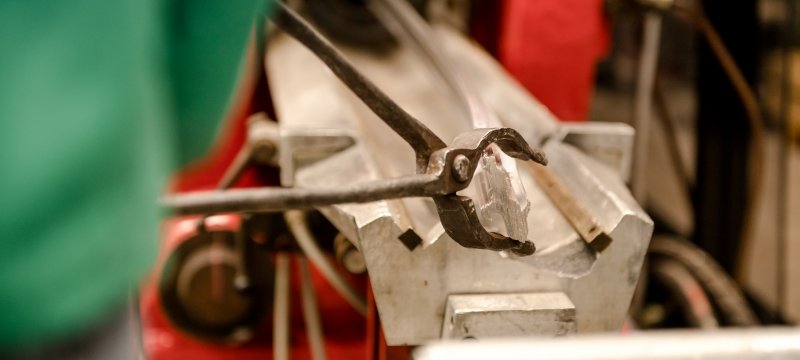

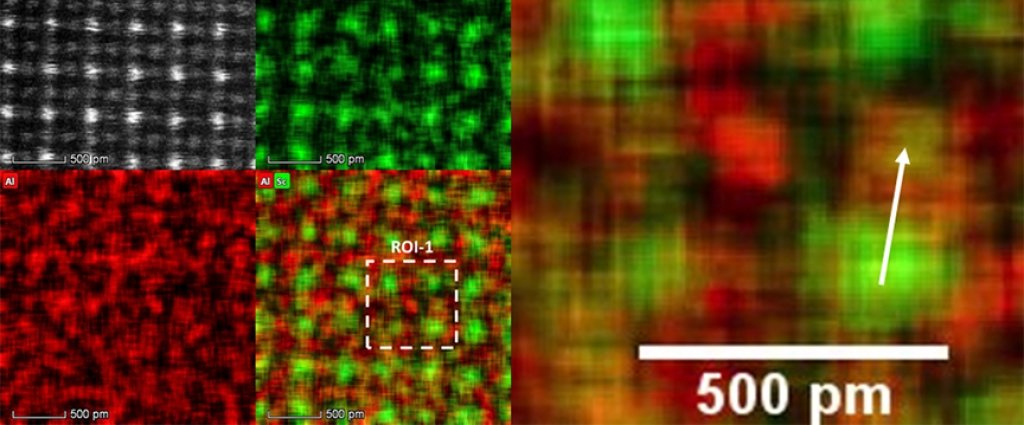
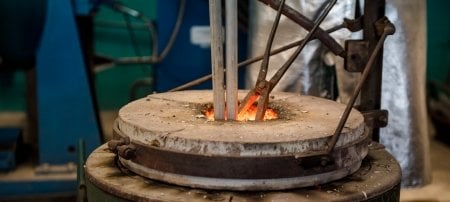
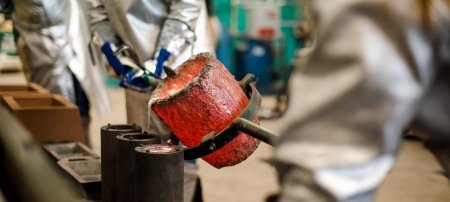
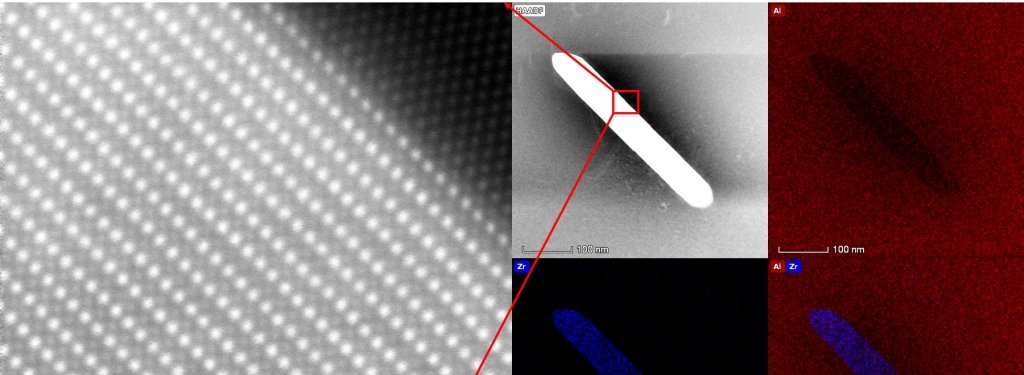
Comments